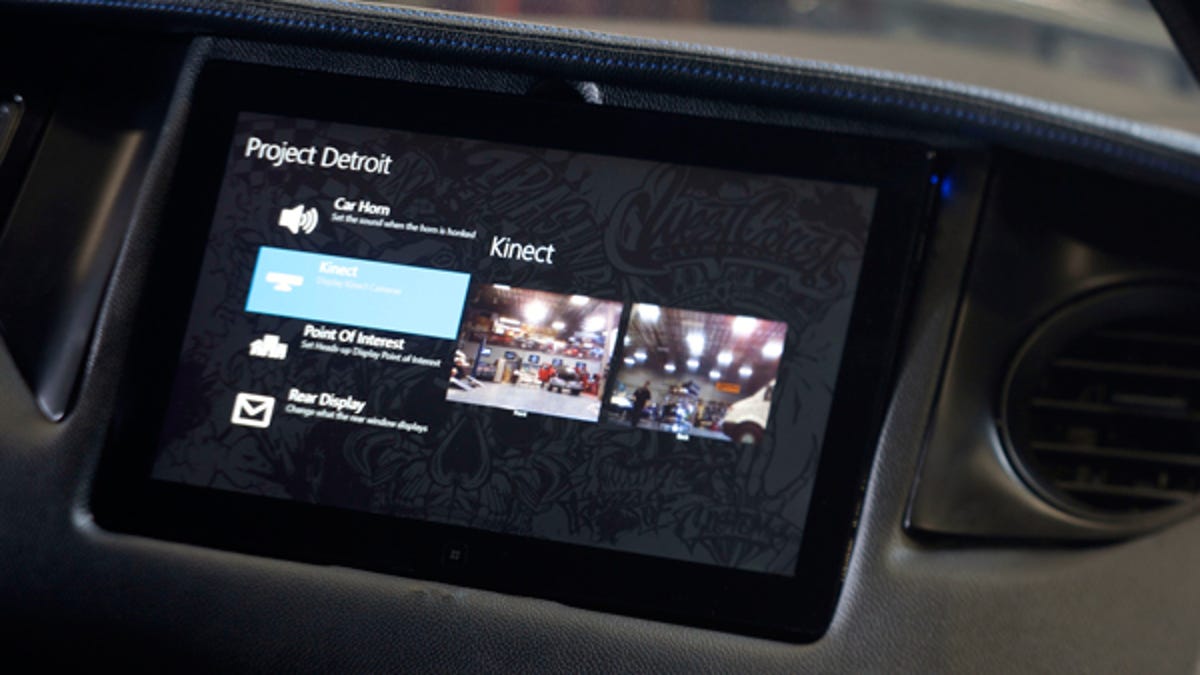Kinect in the car? It's coming
A job description hints that Kinect, Windows 8, Windows Phone, Windows Live, Bing, Azure, and Tellme will be included in the next Windows Embedded Automotive platform.

Microsoft placed a want ad for a software engineer with its Connected Car QA team to aid in the development and testing of the next-generation connected car platform. Based on the job description on Microsoft's Web site, it looks like the technology giant has embedded every product it offers in the dash:
For the next generation of the Connected Car Platform, we plan to leverage the full power of the Microsoft ecosystem including Kinect, Windows 8, Windows Phone, Windows Live, Bing, Azure, and Tellme. The combination of rich local sensing, user identification, cloud access, and data mining will transform tomorrow's cars from passive objects into intelligent assistants for both the driver and their passengers.
Microsoft has already demonstrated Kinect in the car with its "Project Detroit" Ford Mustang concept. While you shouldn't expect this prototype in dealerships any time soon, it looks like components of this connected car are going to be more than just a publicity stunt.
Kinect cameras were installed in the front and rear of the Project Detroit Mustang, and used more or less as a glorified back-up camera. In a production vehicle, the motion-activated technology could be better used in the dash to keep an eye on the driver and passenger. Hand motions could be used to change information displays and control entertainment systems, and by eliminating buttons on the center stack and streamlining screen displays, Kinect would be the glue that ties all of Microsoft's technologies together. Theoretically, it could even make in-vehicle communications easier to use and cut down on distracted driving.
But the next generation car won't stop there. The job description also explains that Microsoft is working on in-vehicle natural language communication to rival Apple and Nuance, and its upcoming platform will be able to recognize and interact with drivers and passengers:
The new Connected Car will know its riders, and will interact with them naturally via speech, gestures, and face tracking. It will learn their habits, and offer personalized contextual information and driving assists to get them to their destination as quickly and safely as possible.
Microsoft's Windows Embedded Automotive platform already powers Ford's Sync, and can be found in vehicles from Honda, Nissan, BMW, and Mercedes-Benz. Other automotive manufacturers and suppliers are also working to bring gesture controls to cars. Electronics manufacturerJVC already produces a gesture-controlled aftermarket audio head unit, and Audi demonstrated itsheads-up display controlled by hand motions at the 2012 Consumer Electronics Show.
(Via: Slashgear)

